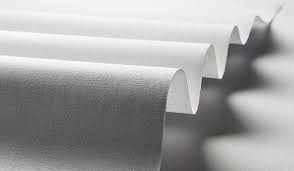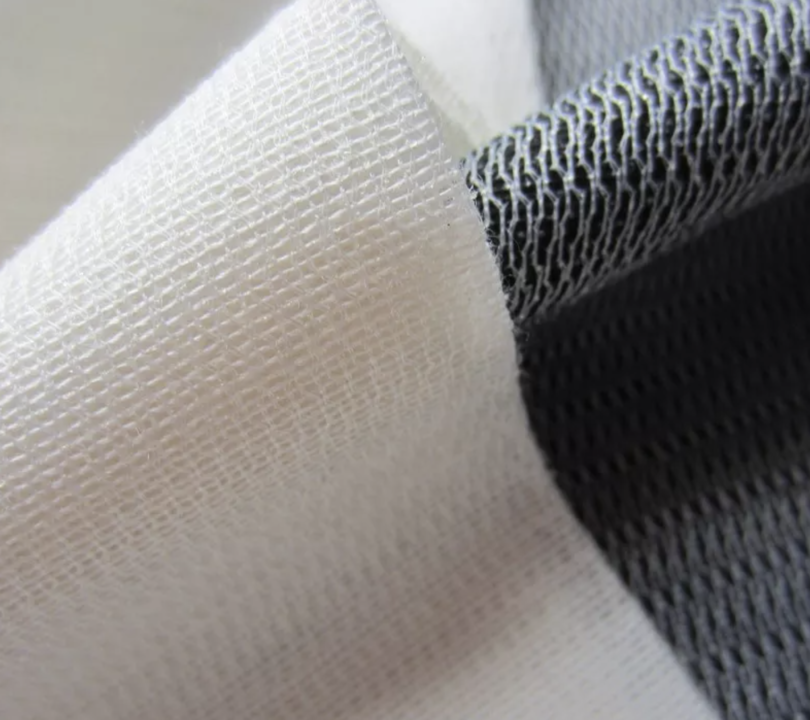Garment quality is a paramount concern for anyone in the fashion and textile industry. Achieving the desired look, feel, and durability of clothing items is crucial to satisfy customers and maintain a reputable brand image. One essential component that significantly influences garment quality is woven interlining. In this article, we will explore the role of woven interlining manufacturer in ensuring top-notch garment quality and how to choose the right ones for your specific needs.
Understanding the Significance of Woven Interlining
Woven interlining, a textile material with a woven structure, is used in various types of clothing to enhance their properties. It serves multiple purposes, including:
Structure and Support
Woven interlining provides essential support and structure to garments. It helps maintain the desired shape, prevents sagging, and ensures a polished appearance.
Wrinkle Resistance
Interlining can improve the wrinkle resistance of fabrics, keeping garments looking fresh and crisp even after extended wear.
Comfort and Drape
The right choice of woven interlining can enhance the comfort and drape of clothing, making them more pleasant to wear.
Durability
Interlining contributes to the durability of garments, ensuring they withstand regular use and washing.
The Role of Woven Interlining Manufacturers
Woven interlining manufacturers play a pivotal role in determining the quality and performance of the interlining used in garments. Here’s how they influence garment quality:
Material Selection
Reputable manufacturers carefully select materials for their interlining products. They consider factors such as fiber content, thread count, and weave pattern to ensure optimal performance.
Production Standards
Manufacturers adhere to strict production standards to create consistent and high-quality interlining. This consistency is crucial to maintaining the integrity of the final product.
Customization Options
Top-tier manufacturers offer a range of customization options, allowing clothing designers and manufacturers to select interlining that aligns with their specific garment requirements.
Innovation
Leading manufacturers stay up-to-date with technological advancements and innovations in interlining materials. They incorporate these innovations into their products to meet the evolving needs of the fashion industry.
How to Choose the Right Woven Interlining Manufacturer
Selecting the right woven interlining manufacturer is vital for ensuring garment quality. Here are steps to help you make an informed decision:

Interlining Manufacturer
Define Your Requirements
Begin by clearly defining your garment’s requirements. Consider factors such as fabric type, weight, flexibility, and desired characteristics in the interlining.
Research Manufacturers
Conduct thorough research to identify potential woven interlining manufacturers. Utilize online resources, industry directories, and recommendations from colleagues.
Assess Quality
Request samples from prospective manufacturers to assess the quality and compatibility of their interlining with your garments. Test them for attributes like adhesion, comfort, and durability.
Evaluate Customization
Discuss your specific requirements with manufacturers to ensure they can tailor their interlining products to meet your unique needs.
Woven interlining manufacturers play a pivotal role in determining the quality of garments. To achieve top-notch garment quality, it’s essential to choose the right manufacturer that aligns with your specific requirements and standards. By defining your needs, conducting thorough research, assessing quality and customization options, evaluating production capacity, considering costs and terms, and prioritizing effective communication, you can make an informed decision that enhances the overall quality of your clothing items. Remember that investing in high-quality woven interlining is an investment in the excellence and reputation of your fashion brand.


Leave a Reply